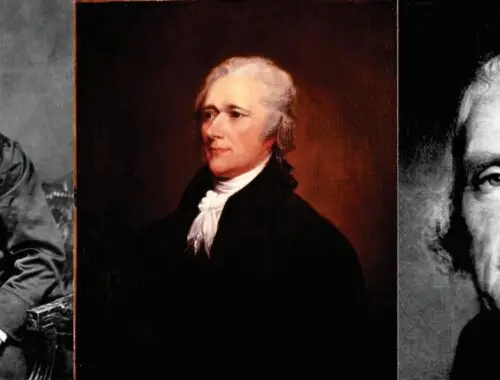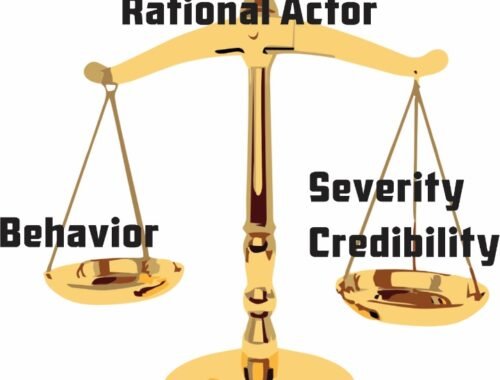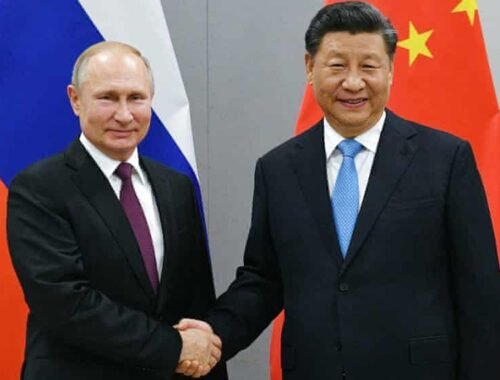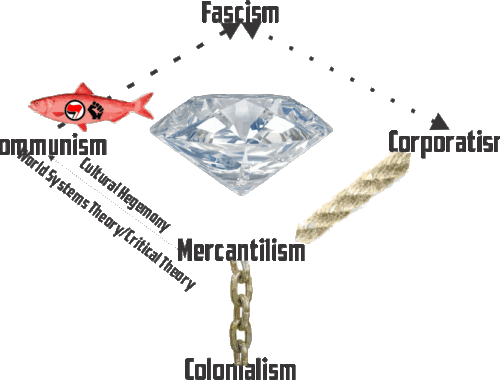The Virtuous Republic, Part 4: Is the US Still a Republic?
Abstract: Ben Franklin replied to the question of what kind of government do we have with “A republic I you can keep it.” Over 200 years later, it looks like his concerns were warranted. The US is barely a republic…
Capitalism Sows the Seeds of its Own Destruction?
Karl Marx, as opposed to Joseph Stalin, was not, I suspect, a bad guy. Marxism is essentially a utopian ideology. But utopian societies rarely work, as they often fail to take human nature into account. As a utopian, Marx saw…
The Bureaucratization of the Military, Part 3: Corporateness and Bureaucracy
Part 1 of this series introduced Samuel Huntington’s The Soldier and the State and discussed careerism and jobs. Part 2 discussed the declining trust the public has in the military and introduced the nutcracker using Huntington’s two imperative: functional and…
Deterrence and the Interagency Process, Part 1: Deterrence
I came across an interesting article on LinkedIn on deterrence and how the military should be in control of it. I started a comment and midway through; I opened another browser tab to a quick search. When I got back…
Thoughts on Ukraine, Part 7: The Joint Corporatist Scenario
Figure Vladimir Putin and Xi Jinping pose for a photograph before their talks in Beijing, China. Photograph: Ramil Sitdikov/AP Part 6 laid out a most dangerous scenario and a most likely scenario for the events in Ukraine. This scenario centers…
Operant Conditioning, Path Dependency and Societal Revolution, Part 4
This is the last part in a four-part series. Part 1 discussed the principles of Operant Conditioning and Path Dependency. Part 2 looked at what happens when philosophy and religion are blocked or obscured in a culture and the vacuum…
Corporatism Part 2: The Web of Influence and Power
The Symbiosis of Power and Influence “The price good men pay for indifference to public affairs is to be ruled by evil men.” Plato Part 1 developed the concept of a web of influence and power, as shown in…
Corporatism Part 1: Overview
This white paper lays out the foundation for a series of research papers on corporatism, influence, and its effects on the health and welfare of the Republic. The paper first lays out the complexities of corporatism and the vagaries of…
Defending The Republic, Part 1: Scenarios
Over the last year, I’ve been thinking, researching, and writing (Corporatism Part 1, Part 2; Thoughts on Ukraine, Part 7: The Joint Corporatist Scenario, among others) a lot about corporatism. I’ve been searching for a reason why corporations are doing…









